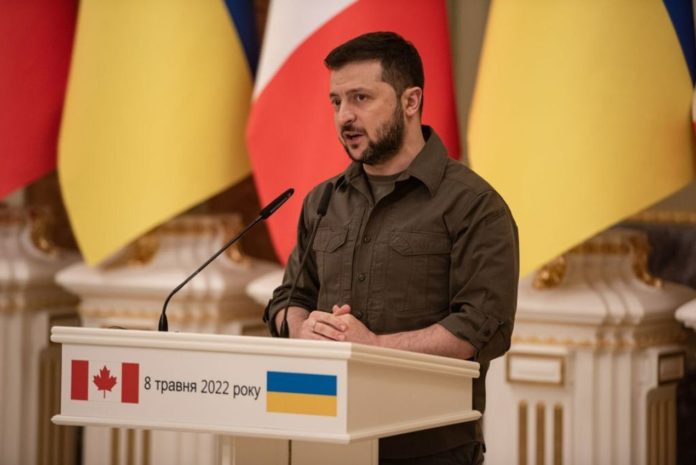When reading news and analysis about Russia’s invasion of Ukraine, experts observed several contradictory messages. The hypothesis of “two Ukraines,” or the existence of ideologically pro-West and pro-Russian territories, is the most noteworthy.
They pondered if they could produce any substantial proof to support or refute such a theory using data analysis methods because this does not fit the unity of Ukrainians against the Russian invasion.
In Chaos, published by AIP Publishing, Massimiliano Zanin and Johann Martnez of the Instituto de Fisica Interdisciplinar y Sistemas Complejos (Institute for Cross-Disciplinary Physics and Complex Systems) combine temporal and spatial correlations with entropy and complexity metrics with functional networks to analyze a data set of violent events in Ukraine since January 2021 but prior to the invasion on February 24, 2022.
The fundamental finding of their research is that the hypothesis of two Ukraines fails to bear up to scrutiny. Within Ukraine, there are conflicts, but they are not ideologically west vs east. These conflicts, according to the experts, tend to establish a complicated web of contacts with no obvious geographical limits.
“Contrary to Russian discourse, we have not seen any indication of an eastern part of Ukraine being harassed by a western part,” Zanin said, contradicting Russian claims. “This should be taken into account toward a possible resolution. The data suggest a solution involving splitting the country would be artificial and not guarantee long-term stability and peace.”
Aside from social media platforms like Twitter, statistical physics is a framework for analyzing genuine complicated systems, but getting access to important quantitative data on international events can be difficult. The Armed Conflict Location and Event Data Project, for example, is changing this.
“We use two techniques from statistical physics to analyze whether the appearance of violent events was independent or caused by others,” Zanin added. “We developed this idea on two axes: time and space. Time is used to explore whether some events are responses or reactions to previous events. Space is used to understand whether what happened within one region was a consequence of events within other parts of the country.”
Obtaining dependable and high-quality data about social and political events, unlike other fields such as engineering, is a huge difficulty.
“When working on this kind of data, it’s also uncomfortable, because we’d like to have more events to support more complex analyses. But there are victims and deaths behind the data,” Zanin explained. “We wish this type of analysis wasn’t necessary at all.”
Image Credit: Getty
You were reading: New Report rejects the theory of “two Ukraines”
